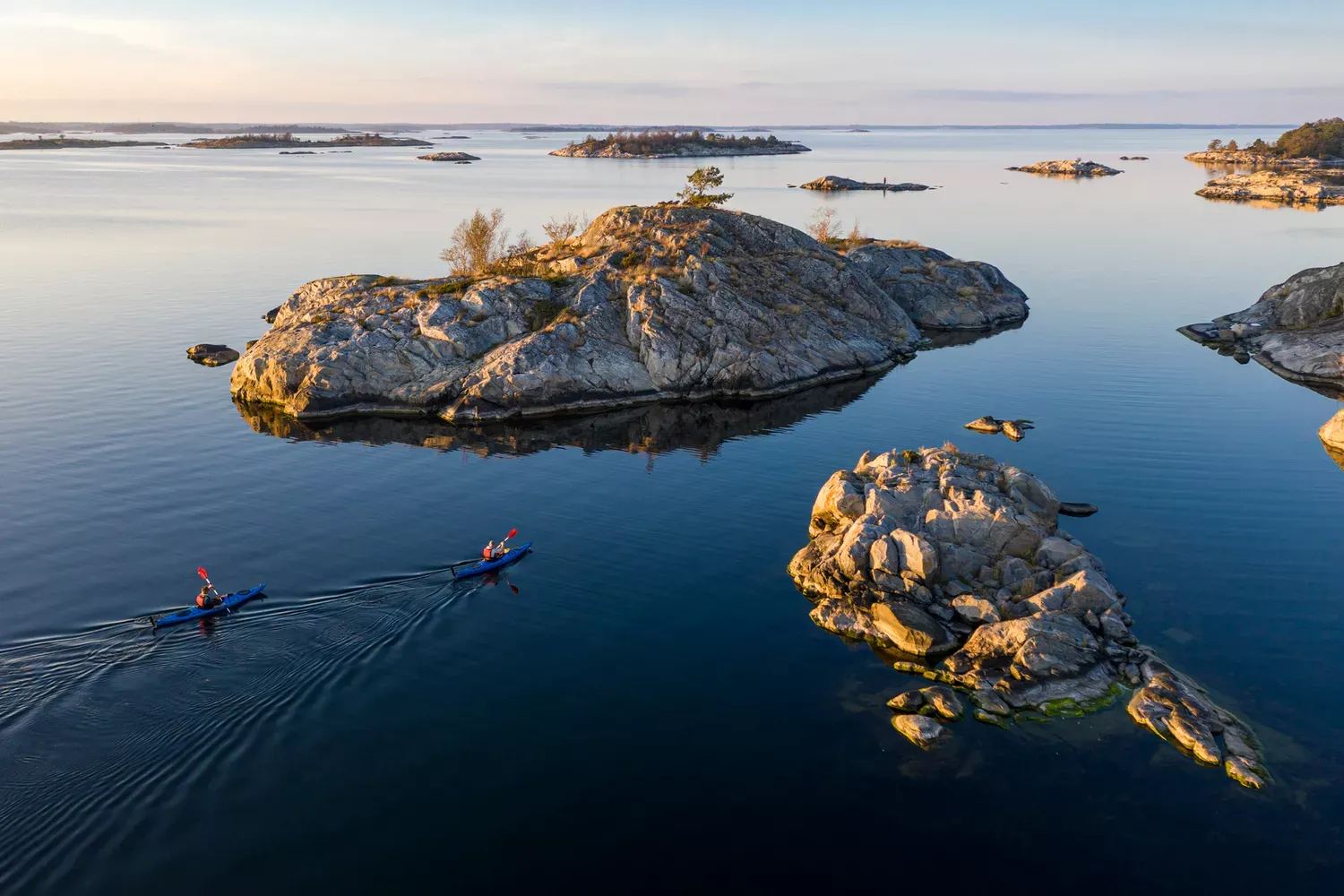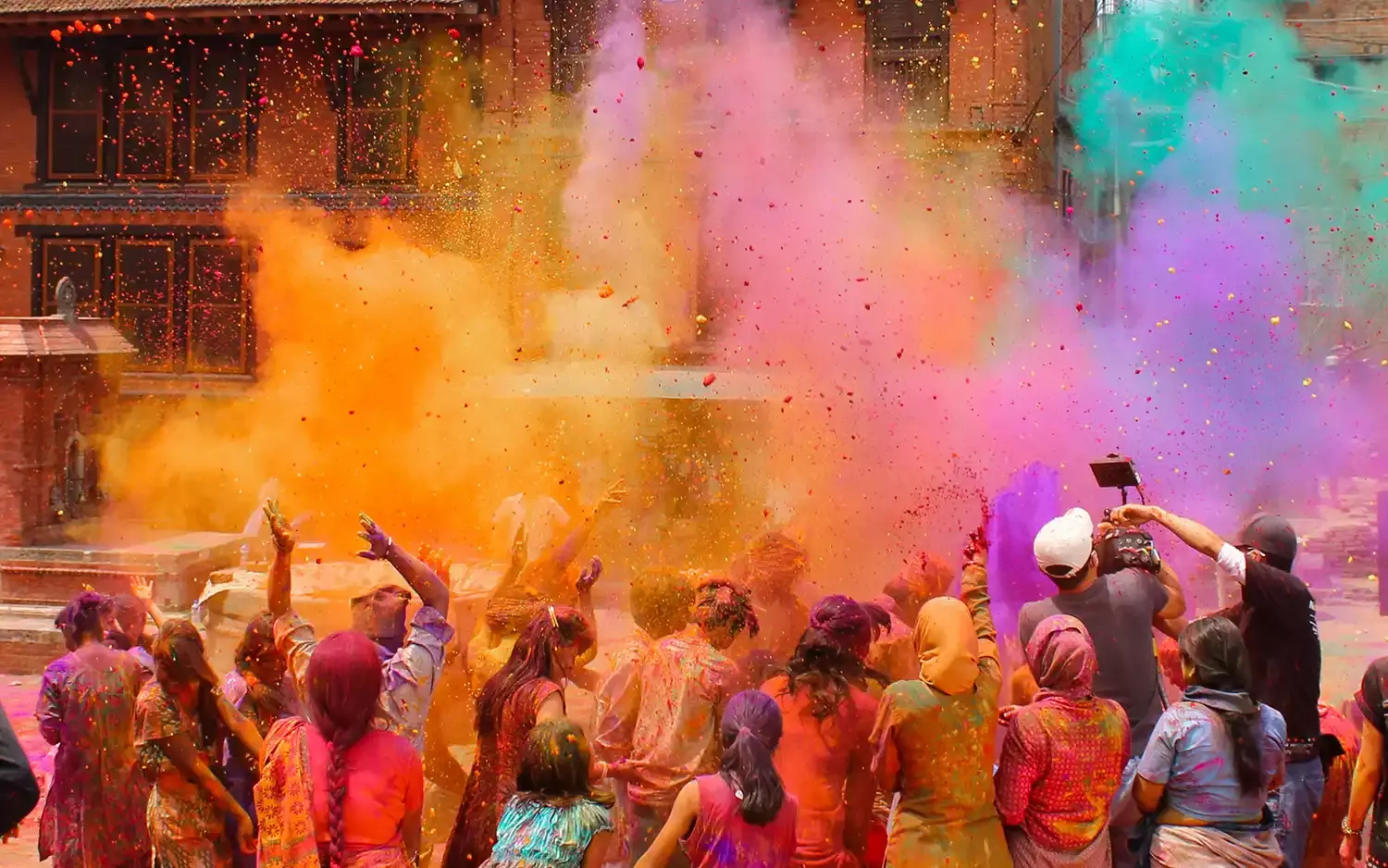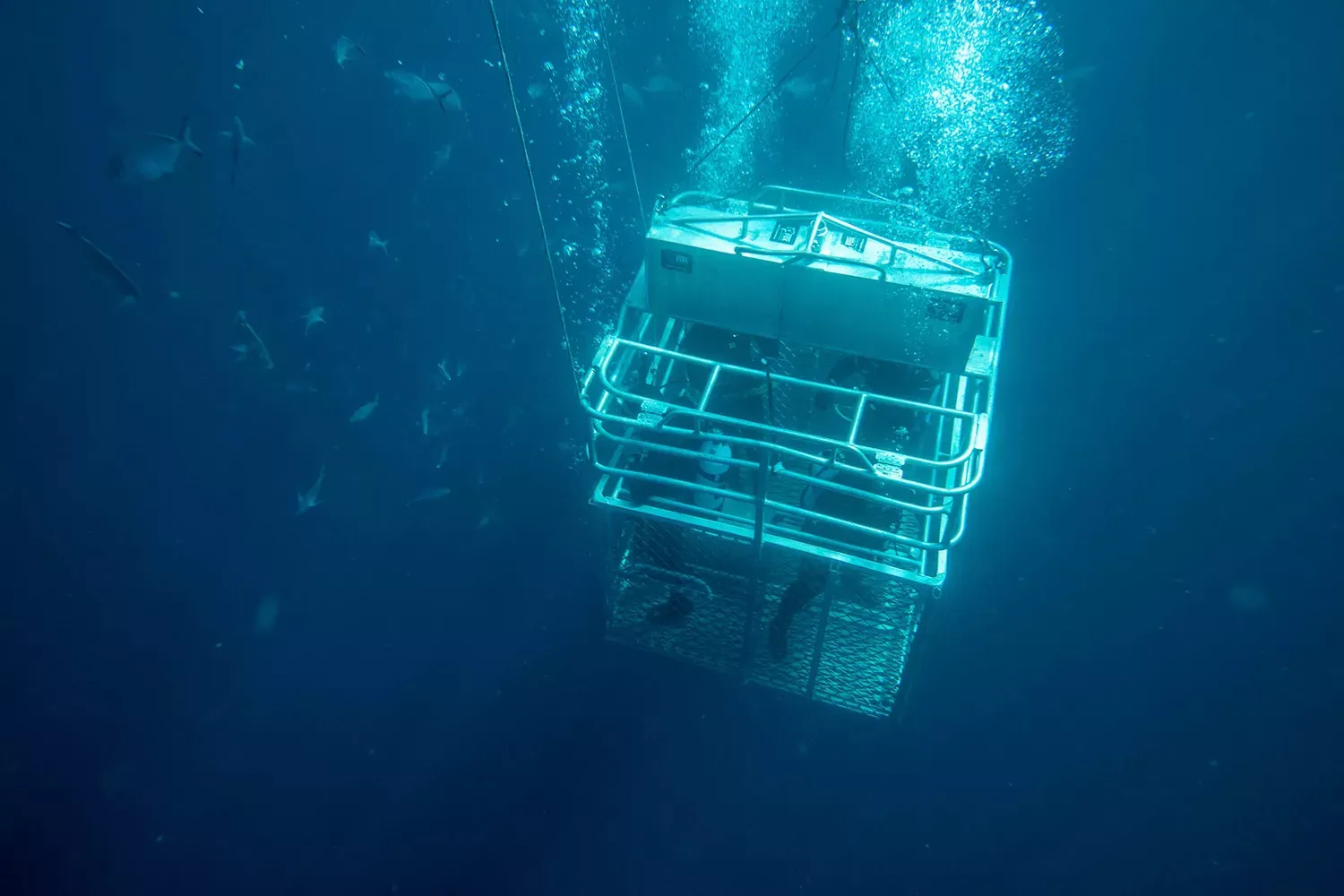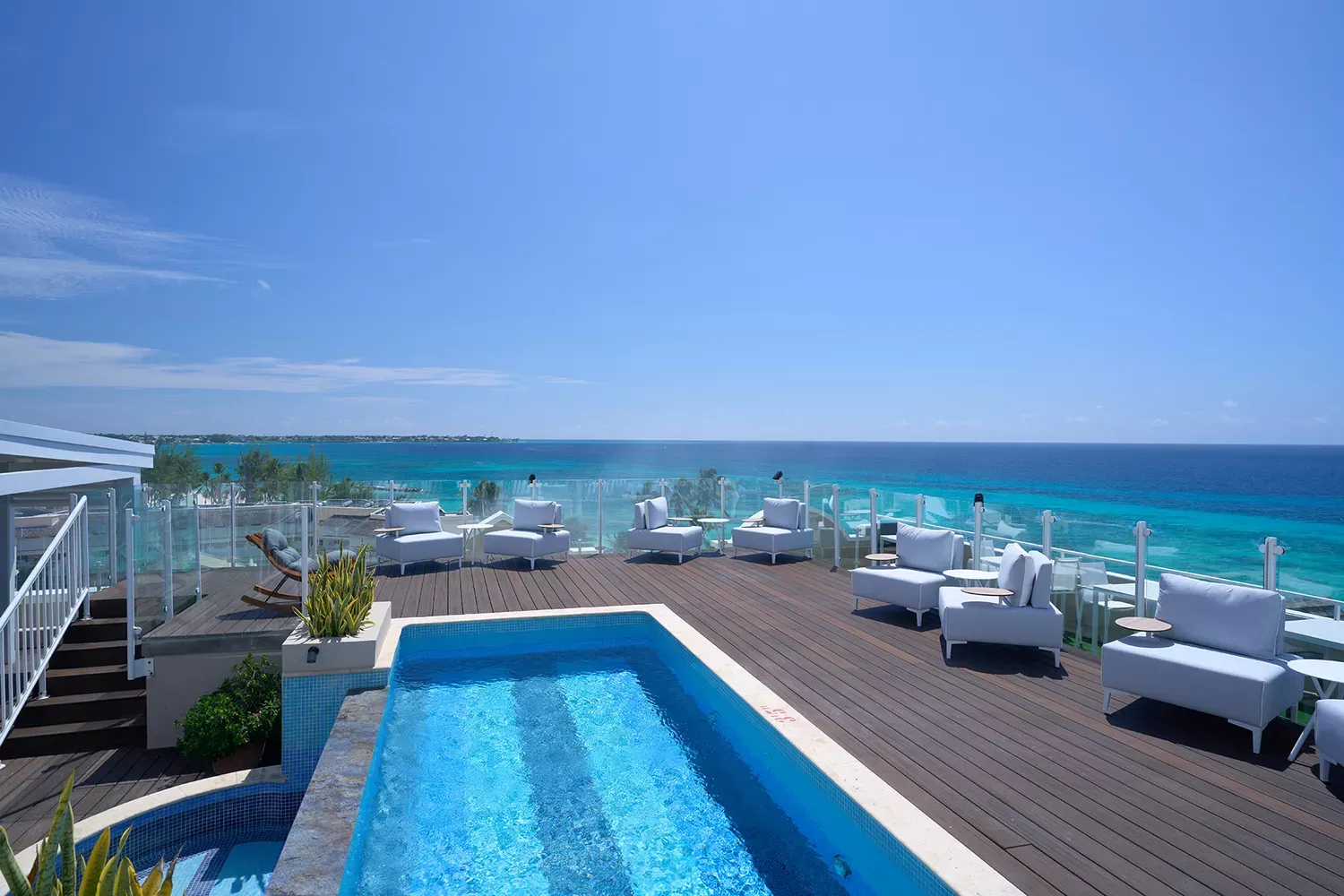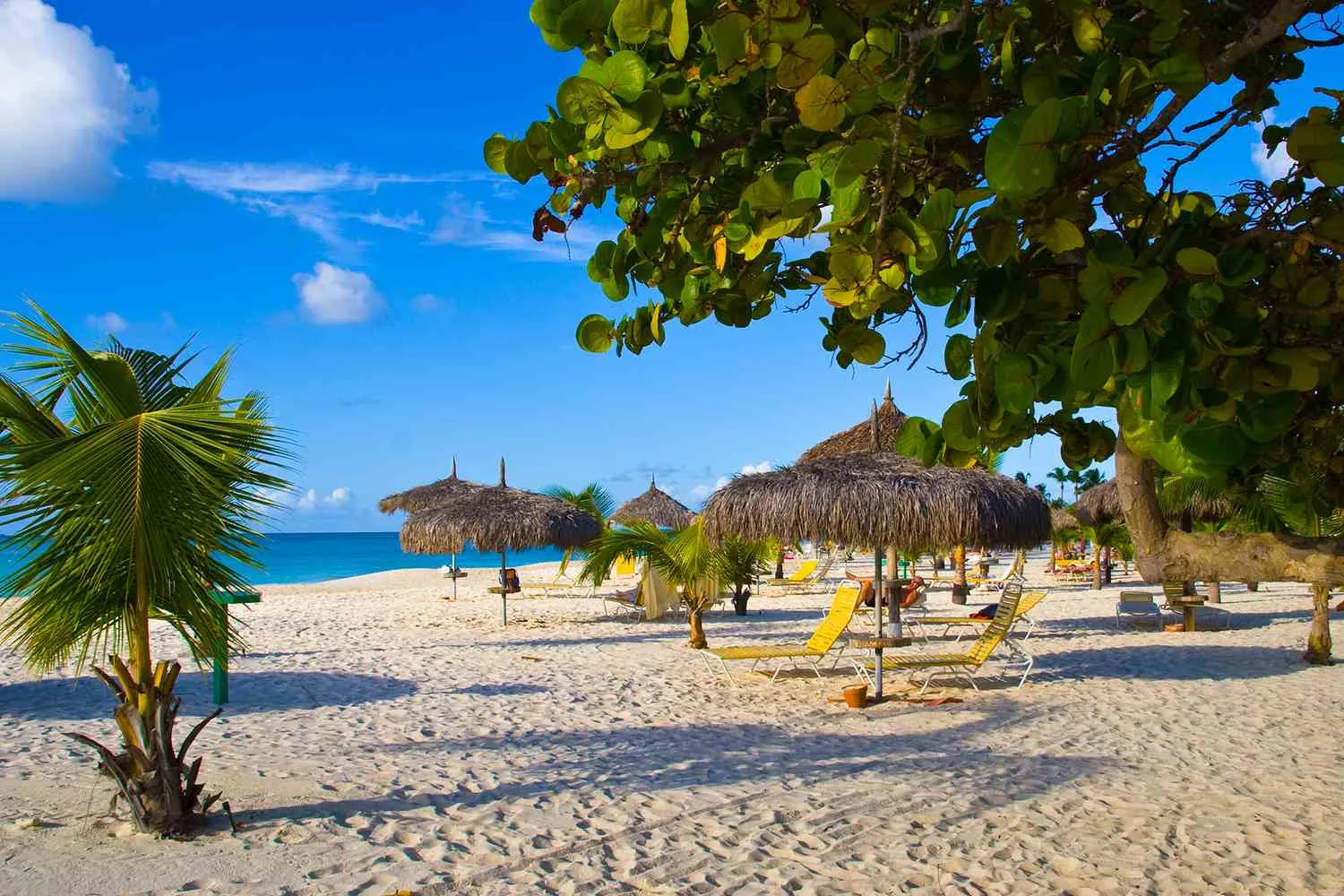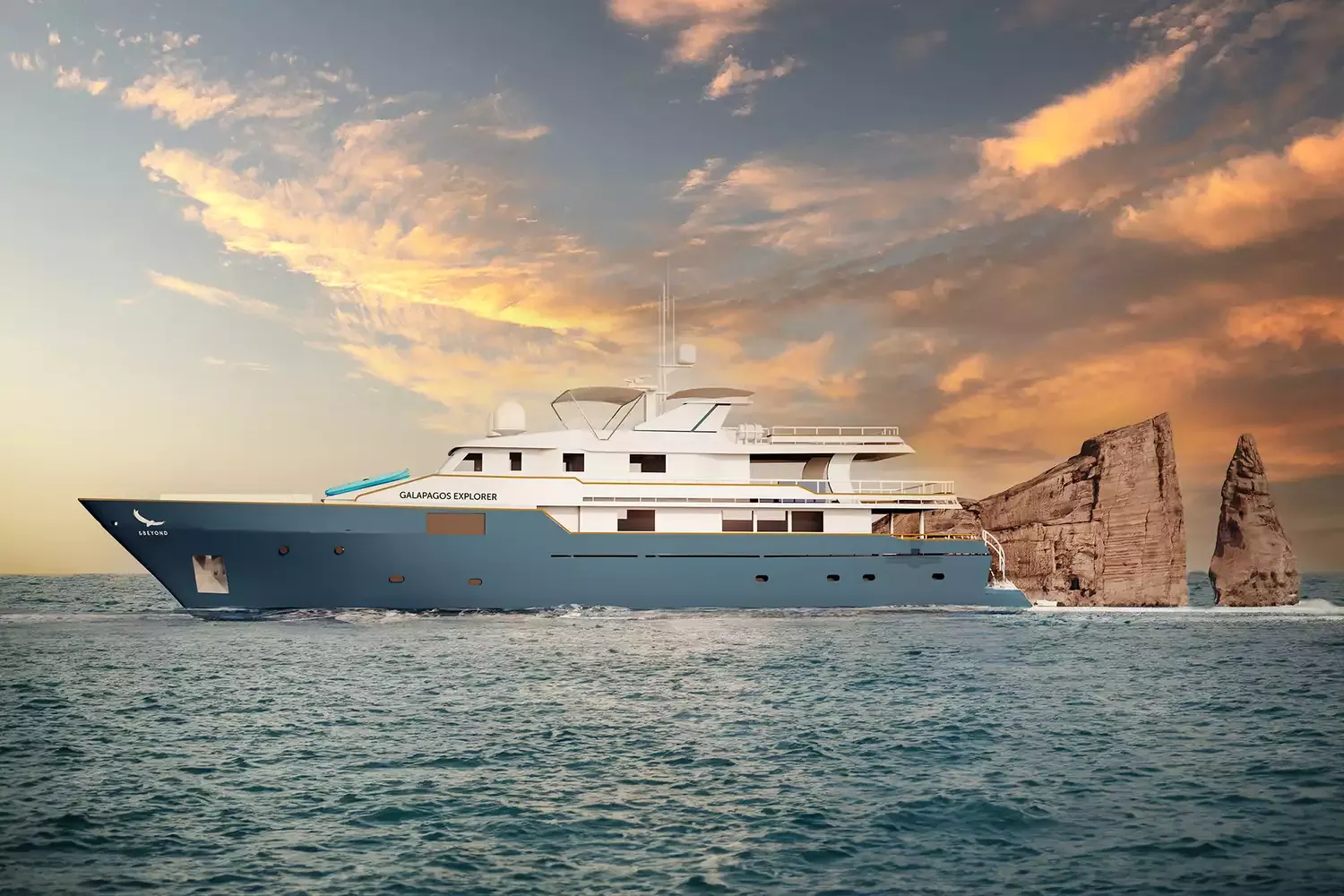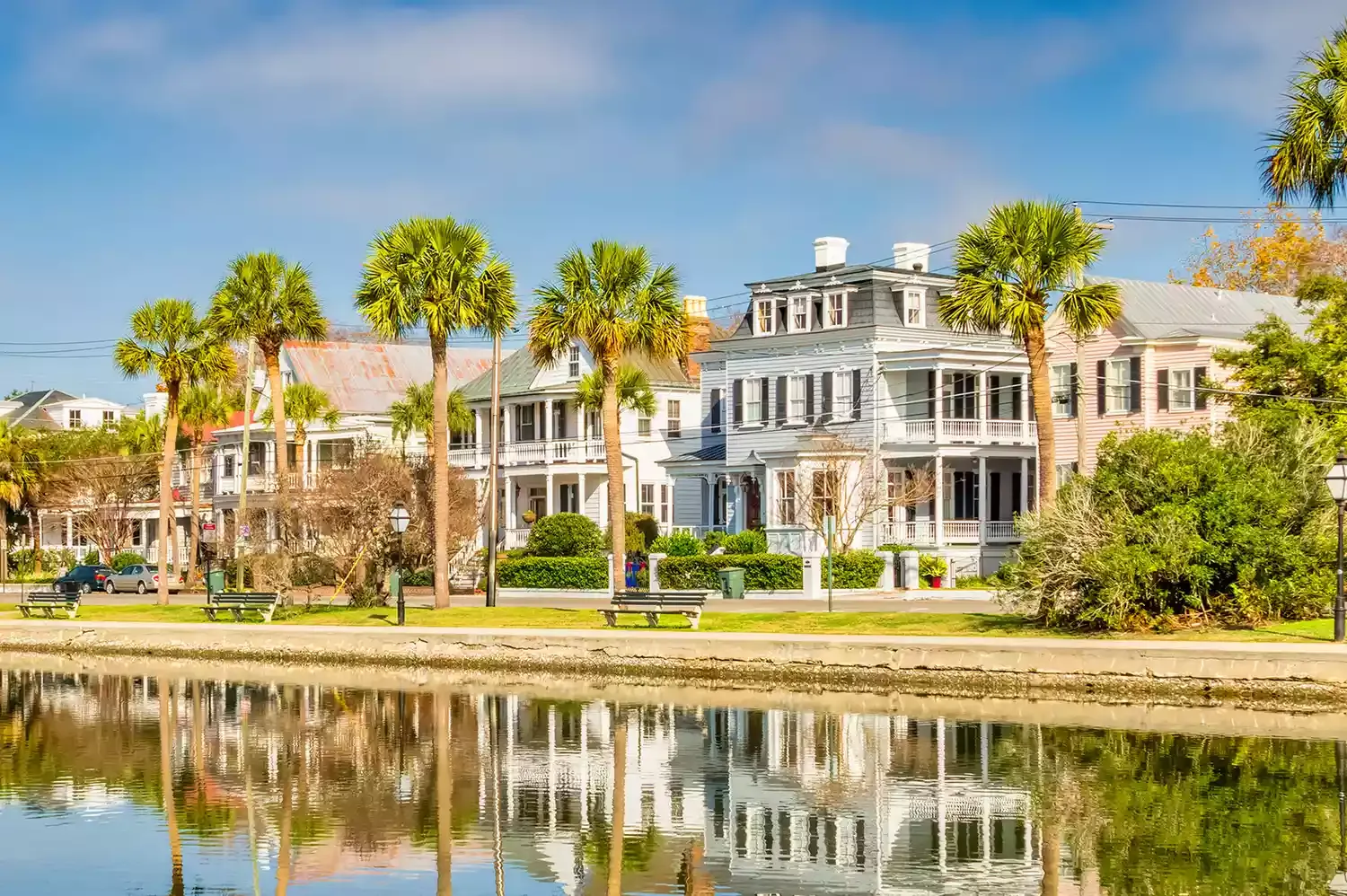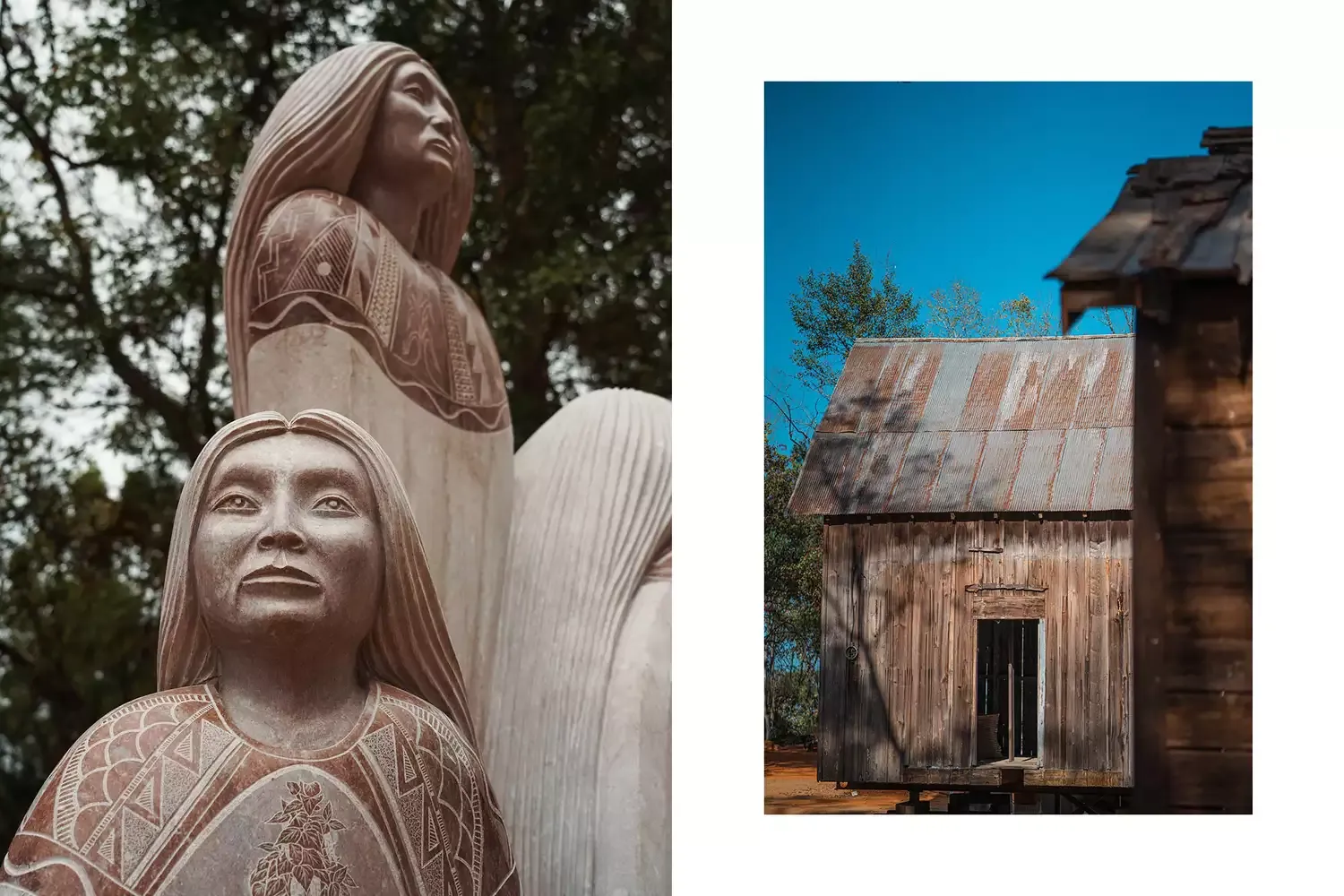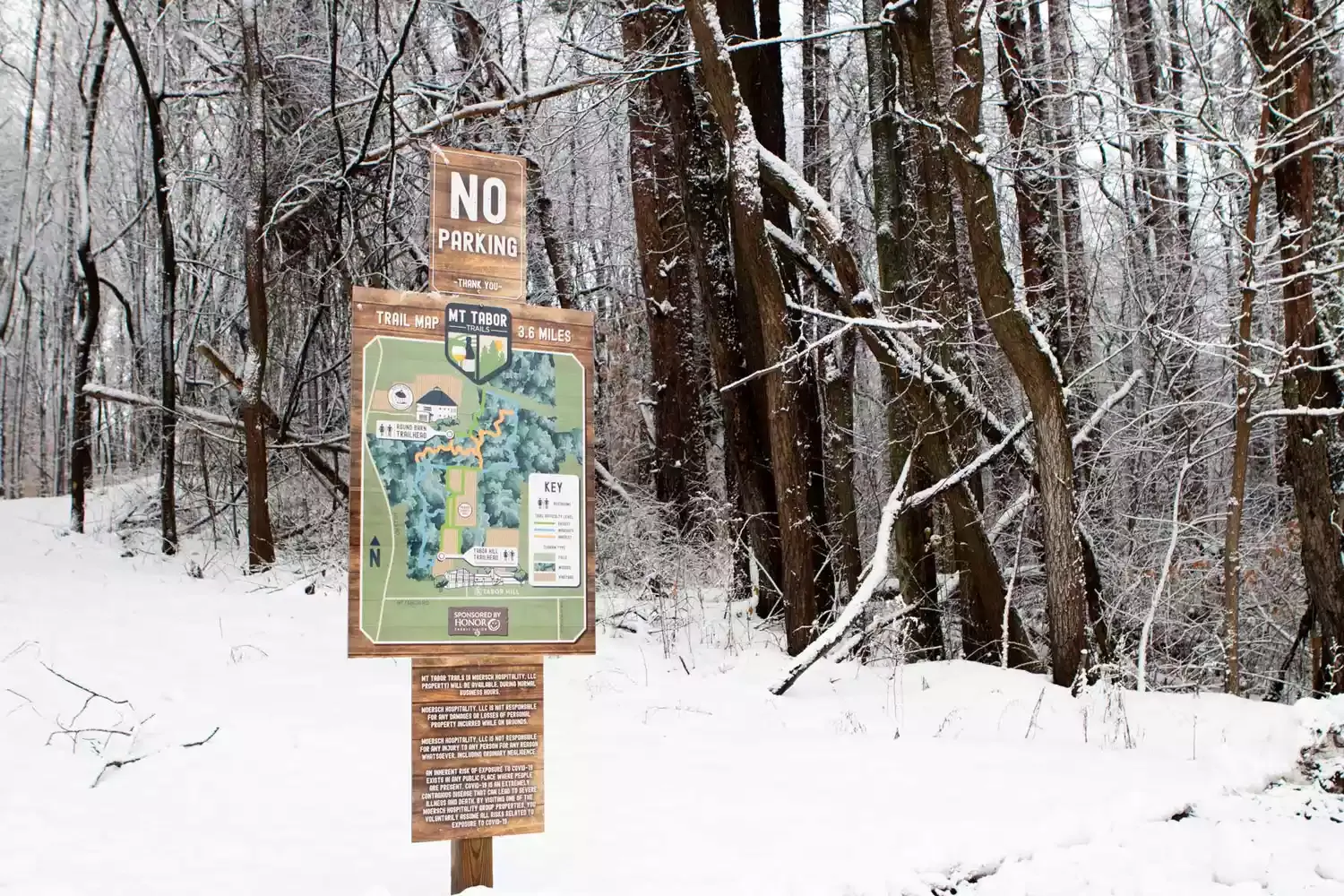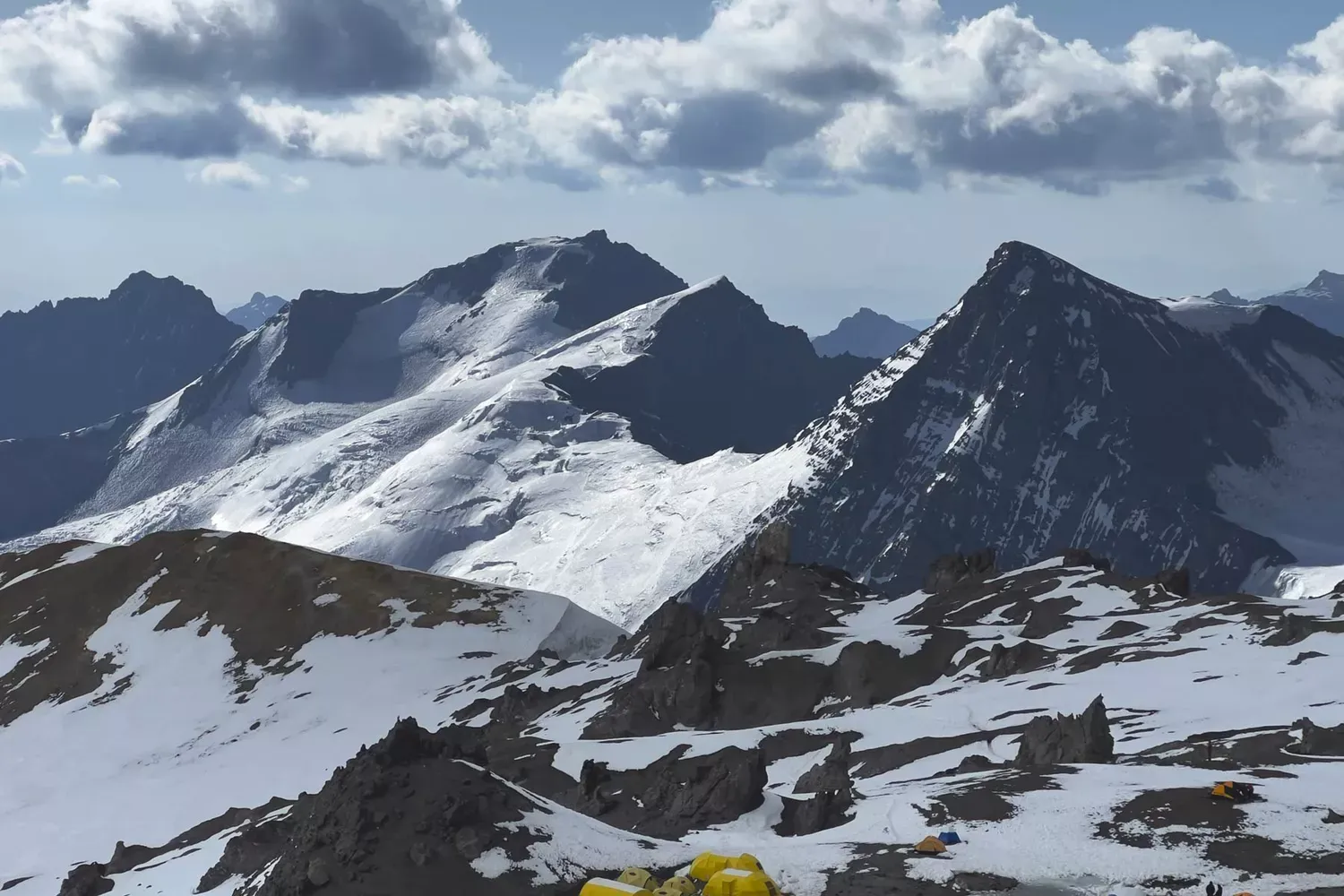
Aconcagua, the highest peak outside Asia, presents a challenging yet achievable climb. This article provides valuable tips and guidance for aspiring mountaineers. Learn about permit requirements, ideal climbing seasons, essential gear recommendations, and crucial acclimatization strategies. Discover routes like the Normal Route and understand the physical and mental fortitude required for a successful summit attempt.
Understanding the Challenge: Is Aconcagua Right for You?
Before you even consider booking flights, honestly assess your mountaineering experience and fitness level. Aconcagua is not a beginner's mountain. Prior experience with high-altitude trekking or mountaineering is crucial. Ideally, you should have successfully summited peaks above 5,000 meters (16,400 feet) before attempting Aconcagua. This will give you a good understanding of how your body reacts to altitude and the mental fortitude required for prolonged expeditions.
Physically, you need to be in excellent shape. Expect long days of hiking with a heavy backpack, often in challenging terrain. Cardiovascular fitness is paramount. Regular endurance training, such as running, cycling, and hiking with a weighted pack, is essential. Strength training is also important, particularly focusing on your legs and core, to handle the steep slopes and heavy loads.
Planning Your Expedition: Permits, Routes, and Timing
Aconcagua National Park requires all climbers to obtain a permit. The cost varies depending on the season, with peak season (December to January) being the most expensive. Book your permit well in advance, especially if you're planning to climb during peak season, as permits are limited.
Several routes lead to the summit, but the two most popular are the Normal Route (also known as the Northwest Route) and the Vacas Valley Route (Polish Glacier Traverse). The Normal Route is less technical but longer and more exposed to the elements. The Vacas Valley Route is slightly more challenging but offers better acclimatization and stunning scenery. Here's a quick comparison:
Route |
Difficulty |
Acclimatization |
Crowds |
Description |
|---|
Normal Route (Northwest Route) |
Less technical, but long and strenuous. Snow conditions can vary greatly. |
More difficult to acclimatize, relies on rest days at base camp and higher camps. |
Most popular route, can be crowded during peak season. |
A longer trek up the western face of the mountain, avoiding any technical climbing. |
Vacas Valley Route (Polish Glacier Traverse) |
Slightly more technical, involving some scrambling and potentially ice axe work. |
Excellent acclimatization, with gradual ascent through Vacas Valley. |
Less crowded than the Normal Route, offering a more wilderness experience. |
Traverses through the Vacas Valley, then crosses over to the Normal Route for the summit push. |
The best time to climb Aconcagua is during the South American summer, from December to February. This period offers the most stable weather conditions, although high winds and sudden storms can still occur. Allow yourself at least 18-21 days for the entire expedition, including acclimatization days.
Essential Gear: Packing for Success
Having the right gear is crucial for your safety and comfort on Aconcagua. Invest in high-quality mountaineering equipment, and ensure everything fits properly and is in good working order. Here’s a rundown of essential gear:
Mountaineering boots: Stiff-shanked, insulated boots suitable for high-altitude climbing are a must.
Crampons and ice axe: If you are attempting a route like the Polish Glacier Traverse, be sure you have good crampons and know how to use them with the ice axe.
Warm layers: Down jacket, fleece jacket, base layers, insulated pants.
Waterproof and windproof outer layers: Jacket and pants to protect you from the elements.
Gloves and mittens: Multiple pairs of gloves, including liner gloves, warm gloves, and waterproof mittens.
Hat and balaclava: To protect your head and face from the cold and sun.
Sunglasses and sunscreen: Essential for protecting your eyes and skin from the intense sun at high altitude.
Backpack: A large backpack (65-80 liters) to carry your gear between camps.
Sleeping bag: A down sleeping bag rated for at least -20°C (-4°F).
Trekking poles: For stability and to reduce strain on your knees.
Headlamp: With extra batteries.
Water bottles or hydration reservoir: Stay hydrated!
First-aid kit: Including medications for altitude sickness.
Acclimatization: The Key to Summit Success
Proper acclimatization is paramount to successfully reaching the summit of Aconcagua. Ascend gradually, allowing your body time to adjust to the decreasing oxygen levels. "Climb high, sleep low" is a good rule of thumb. Spend several days at base camp (Plaza de Mulas or Plaza Argentina) acclimatizing before moving to higher camps. Incorporate rest days into your itinerary to allow your body to recover. Listen to your body and descend if you experience symptoms of altitude sickness, such as headache, nausea, or shortness of breath. Diamox, a medication that helps with acclimatization, can be discussed with your doctor before the trip.
Common acclimatization strategies include:
Spending multiple nights at each camp before moving higher.
Taking acclimatization hikes to higher elevations and then returning to a lower camp to sleep.
Drinking plenty of water.
Avoiding alcohol and smoking.
Reaching the Summit: The Final Push
The summit day is the most challenging part of the expedition. You'll likely start in the early hours of the morning, while it's still dark, to take advantage of the firm snow conditions. Pace yourself, take frequent breaks, and stay hydrated. The air will be thin, and every step will require effort. Trust your training, rely on your team, and focus on the goal ahead. When you finally reach the summit, take a moment to savor the breathtaking views and celebrate your accomplishment. The descent is just as important as the ascent, so remain focused and careful as you make your way back down to base camp.
Hire a Guide or Go Solo?
The decision to hire a guide or attempt Aconcagua solo depends on your experience level and comfort zone. Hiring a reputable guiding company offers numerous benefits, including logistical support, experienced guides, and safety expertise. Guides can provide valuable assistance with navigation, route finding, and decision-making, especially in challenging weather conditions. If you're an experienced mountaineer and comfortable navigating and making decisions independently, a solo attempt is possible. However, it's essential to be self-sufficient and have a thorough understanding of the risks involved.
Climbing Aconcagua is a significant undertaking, but with thorough preparation, proper training, and unwavering determination, it's an achievable dream. Good luck, and may you stand on top of the world!



